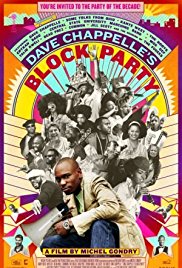 The greatest compliment that can ever be paid to a documentary that covers a certain genre of music, or quadriplegic sport, or class of sub-zero animal, is that even people who have no interest whatsoever in that music/sport/animal will find plenty to enjoy in the movie about that topic. Put “Dave Chappelle’s Block Party” in the same category. It’s not flawless in its backstage/pre-show banter-to-concert footage ratio, but it finds a way to endear itself to people that would otherwise have nothing to do with a movie about a hip hop block party. People like me, for example, who are not terribly up to date on today’s hip hop kiddies (I’m white, in my late 30’s, and not at all afraid to act my age) and have always wanted to strangle Chappelle anytime he’s shown up in a movie. I love “Con Air,” but I couldn’t wait until his character was taken out, by any means necessary.
The greatest compliment that can ever be paid to a documentary that covers a certain genre of music, or quadriplegic sport, or class of sub-zero animal, is that even people who have no interest whatsoever in that music/sport/animal will find plenty to enjoy in the movie about that topic. Put “Dave Chappelle’s Block Party” in the same category. It’s not flawless in its backstage/pre-show banter-to-concert footage ratio, but it finds a way to endear itself to people that would otherwise have nothing to do with a movie about a hip hop block party. People like me, for example, who are not terribly up to date on today’s hip hop kiddies (I’m white, in my late 30’s, and not at all afraid to act my age) and have always wanted to strangle Chappelle anytime he’s shown up in a movie. I love “Con Air,” but I couldn’t wait until his character was taken out, by any means necessary.
The setup is that Chappelle wants to throw an old school block party in the Bedford-Stuyvesant area of Brooklyn, and assembles his own dream team of talent to perform (Mos Def, Kanye West, Common, Dead Prez, the Roots, Cody Chestnutt, a reunited Fugees, and even some golden age heroes like Big Daddy Kane). The action then flies back to Dayton (Chappelle grew up in nearby Yellow Springs) three days prior to the event, where Chappelle hands out free passes good for transportation, hotel and admission to the event. The real money moment comes when he invites the entire Central State University marching band to perform at the event, and they shriek with delight and jump all over Chappelle like he’s Willie Wonka, a reference Chappelle himself acknowledges before he gives his first pass away. The band winds up contributing to Kanye West’s performance of “Jesus Walks” – that’s right, Kanye West took time out from writing musical history to perform at Chappelle’s party– and it turns out to be one of the highlights of the show.
Call these the words of someone who does not keep up with that hip hoppin’ stuff that the kids are so into, but the movie would have been a hell of a lot more entertaining if Chappelle had more screen time. Well, let’s qualify that a bit: the backstage banter in all shapes and forms, from house band leader ?uestlove Thompson to Jill Scott to the startling moment where Erykah Badu just rips it all off (that will make sense when you see it), is far more interesting than the show itself. The only time the show upstages the offstage/backstage banter is when Chappelle pulls a wannabe MC out of the audience, only to discover that the guy’s skills, as it were, are rudimentary at best. There is also Chappelle’s hilarious bit as a beatnik on the bongos, as well as his attempt to run the band like he’s James Brown, but the less I say about those things, the better. In fairness, Chappelle is funny wherever he is. Everyone else is much more interesting offstage, where the viewer can get a glimpse into their souls, rather than simply seeing the “entertainers” the public sees when they are performing.
Fans of Chappelle will find lots to like about “Dave Chappelle’s Block Party,” while fans of Common, Kanye, et al will probably wish that those guys got more face time. It’s a tough line to straddle, and French director Michel Gondry (“Eternal Sunshine of the Spotless Mind,” of all things) does not seem like the first choice for this movie, since he’s never done made a movie like this before and may never make one again. But Gondry, like all good directors, has an uncanny sense for what works, and for the most part, he gets it right. It’s not about the destination, it’s about the journey, and while this is one of those movies that could have benefited from more journey and less destination, it still winds up in a happy place either way.
usr 3.5]




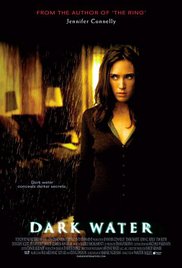

 (3 / 5)
(3 / 5)
 (3.5 / 5)
(3.5 / 5)
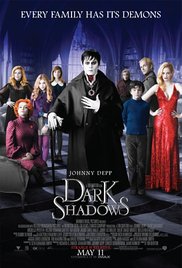
 (2 / 5)
(2 / 5)


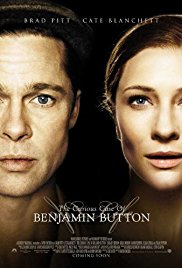
 (4.5 / 5)
(4.5 / 5)

 (2.5 / 5)
(2.5 / 5)
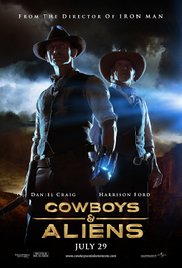
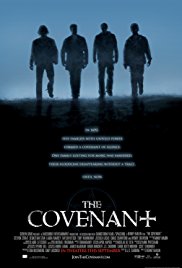
 (1 / 5)
(1 / 5)